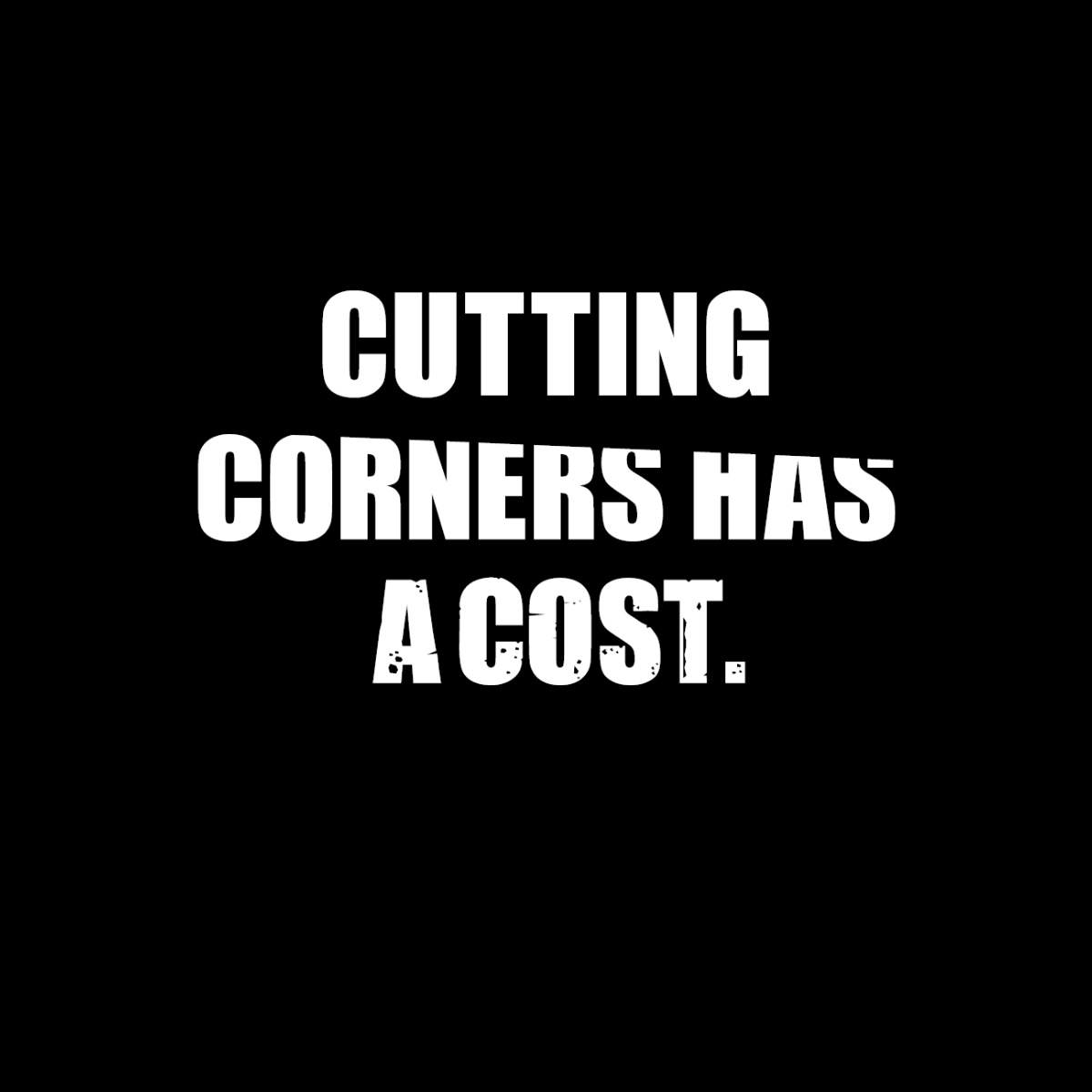Over the past 18 months, we have been investigating imported Chinese-manufactured light-gauge steel products supplied to both the New Zealand and Australian markets. Our findings highlight a significant issue—many of these imported products fail to meet the Base Metal Thickness (BMT) requirements necessary for compliance with AS/NZS 4600 and, consequently, the New Zealand Building Code (NZBC).
Why Base Metal Thickness (BMT) Matters
BMT is a critical factor in ensuring the structural integrity of steel framing. In New Zealand, light-gauge steel must comply with AS/NZS 4600, the standard governing cold-formed steel structures, which applies to both fire-rated and non-fire-rated walls and ceilings.
AS/NZS 4600 requires that the uncoated steel thickness at any point in the product, as delivered to the job site, must be at least 95% of the design thickness. Our testing has revealed that some imported steel products fail to meet this requirement, putting the structural integrity of New Zealand buildings at risk.
Some Chinese steel mills appear to be manufacturing at the lower end of the tolerance range for flat-rolled steel products, but New Zealand’s building industry requires tighter tolerances as specified in AS/NZS 4600. Products failing to meet this standard could pose risks to safety, durability, and compliance with NZBC.
Investigation Findings: BMT Compliance Failures
Our investigation covered multiple imported products, including publicly available test data from one supplier selling their product into New Zealand. The table below demonstrates instances where actual BMT fell below the 95% compliance requirement of AS/NZS 4600.
|
Intex Component |
Dimensions |
|
AS/NZS 4600 Requirement (95%) |
Thickness Variance |
|
Intex 3S64 (representative of 0.5mm bmt 3S51 studs) |
64 x 35 x 0.50 |
|
95% |
94% |
|
Intex 3S92 (representative of 0.55mm bmt 3S76 studs) |
92 x 35 x 0.55 |
|
95% |
94% |
|
Intex 3T64 (representative of 0.55mm bmt 3T51, 3T76 track) |
64 x 32 x 0.55 |
|
95% |
88% |
|
Intex 3T92 (0.55mm bmt) |
92 x 32 x 0.55 |
|
95% |
95% |
|
Intex 3D64 (0.55mm bmt) |
64 x 50 x 0.55 |
|
95% |
93% |
|
Intex 3D92 (representative of 0.55mm bmt 3D76) |
92 x 50 x 0.55 |
|
95% |
101% |
|
Table 1: Data sourced from Intex Test Report (Date Stamp 19/02/25) |
||||
These reports indicate two BMT values—nominal (e.g., 0.50mm) and actual (e.g., 0.468mm). If the nominal BMT is used for design calculations, the product falls below the 95% requirement, making it non-compliant with AS/NZS 4600 and, in turn, the NZBC.
We also tested products from other importers, with similar findings of non-compliance:
|
Product |
Importer’s Specified BMT |
Actual BMT |
AS/NZS 4600 Requirement (95%) |
Thickness Variance |
|
H-Stud |
0.50 |
0.44 |
95% |
88% |
|
Ceiling Batten |
0.50 |
0.46 |
95% |
92% |
|
28mm Furring Channel |
0.50 |
0.45 |
95% |
90% |
|
16mm Furring Channel |
0.50 |
0.47 |
95% |
94% |
|
Wall Track |
0.50 |
0.45 |
95% |
90% |
|
64mm Steel Stud |
0.50 |
0.46 |
95% |
92% |
|
64mm Wall Track |
0.55 |
0.47 |
95% |
85% |
|
64mm Deflection Head Track |
0.50 |
0.46 |
95% |
92% |
|
Top Cross Rail |
0.75 |
0.68 |
95% |
91% |
Using steel that fails to meet AS/NZS 4600 requirements can compromise structural integrity, fire compliance, and overall safety—especially in critical areas such as fire-rated walls, external walls, and ceiling systems.
Some suppliers claim their products are equivalent to Rondo steel, but our findings show significant differences, particularly in:
✔ Base Metal Thickness (BMT)
✔ Coating protection
✔ Dimensional tolerances
✔ Manufacturing quality
Many fire-rated systems in New Zealand were tested using Rondo steel. Substituting with non-Rondo and non-compliant steel jeopardises both fire safety and building performance.
Call to Action: Verify Your Steel Products
We urge builders, contractors, and designers in New Zealand to verify compliance before using steel framing products. Cutting corners on compliance can have serious consequences—compromised safety, costly litigation, and reputational damage.
Please note: The information presented in the Cutting Corners Campaign is based on Rondo’s investigation of imported steel products and is current as of 19th February 2025. This investigation involved seven rounds of testing conducted at an independent laboratory on steel wall and ceiling products sourced from over five Australian and New Zealand suppliers importing from China. While Rondo has sought to ensure it investigated a broad sample size for the purposes of this campaign, the data and information in this article is not representative of every imported product in the Australian or New Zealand market. We encourage readers to conduct their own evaluation of steel products, including performance and code compliance, and not to rely on the information provided in this campaign when making purchasing decisions. If you have any questions, please contact us at rondo@rondo.com.au



